Your physician may recommend a 24-hour monitor to gain a clearer picture of your cardiac health. This information can guide adjustments to medications or lifestyle habits related to heart care, or prompt further diagnostic testing.
A Holter monitor is a compact, battery-powered device that records your heart’s electrical activity, including rate and rhythm.
You typically wear the Holter monitor for 12 to 48 hours while carrying out your normal day-to-day activities; during that time it continuously records your heart rate and rhythm.
The device uses electrodes and leads similar to a standard electrocardiogram (EKG), though with fewer leads. It not only tracks your heart’s rate and rhythm but also logs moments when you experience chest discomfort or symptoms of an irregular heartbeat (arrhythmia).
Your clinician may ask you to wear one if a routine EKG doesn’t provide sufficient information about how your heart is functioning.
Irregular heart rhythms and other cardiac symptoms can be intermittent and may not appear during a short clinic test.
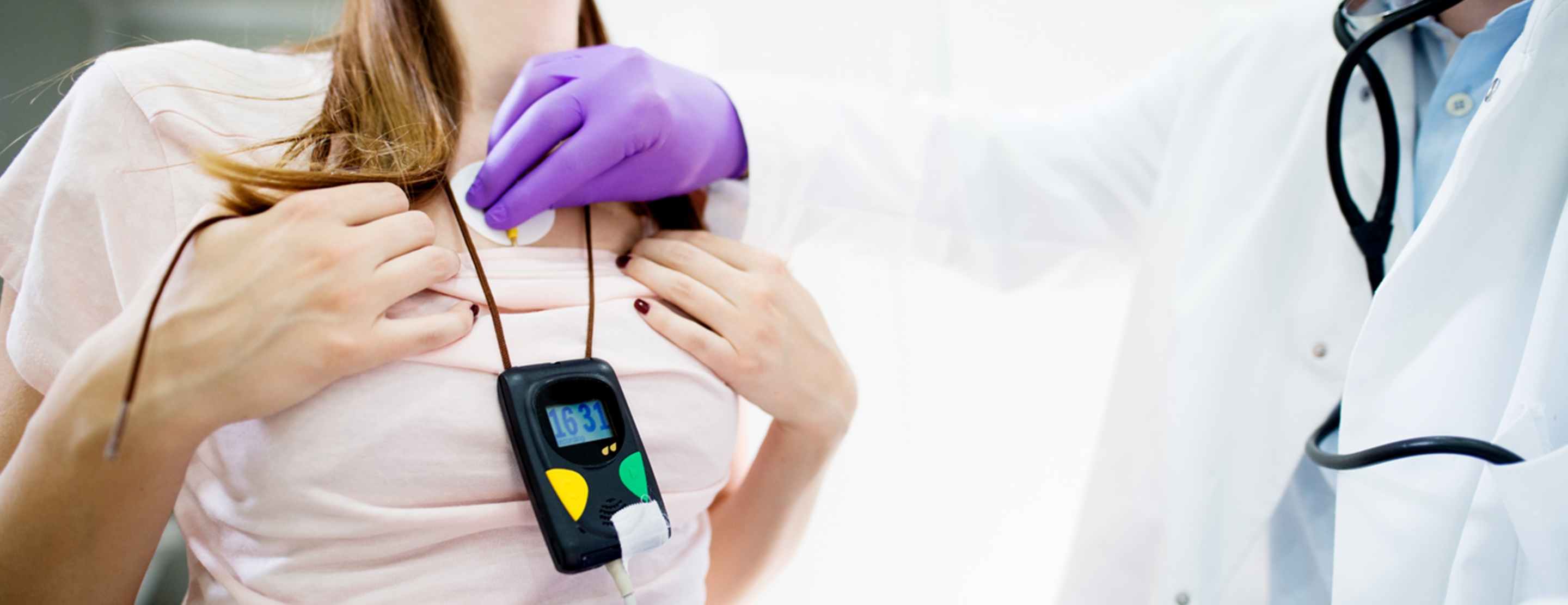
Also known as ambulatory electrocardiography, a Holter monitor lets your clinician observe heart activity over the span of a day. The recordings help determine whether your heart is receiving adequate oxygen or if the heart’s electrical signals are occurring earlier or later than they should. These atypical signals are often called arrhythmias or abnormal heart rhythms.
If you’re already under treatment for heart conditions, wearing the monitor can show whether your medications are effective or if dosing revisions are necessary. It can also indicate whether longer-term monitoring of your heart is warranted.
It can also assist your care team in identifying why you might be experiencing symptoms like dizziness, lightheadedness, or sensations of a racing or skipped heartbeat.
The Holter monitor is compact, roughly the size of a deck of playing cards.
Several wires, or leads, attach to the monitor and connect to electrodes placed on the skin of your chest using a gel-like adhesive. The metal electrodes transmit your heart’s electrical signals through the wires to the Holter monitor, where the data are recorded.
- You’ll carry the monitor in a small pouch worn around your neck. Keeping the device close to your body during the monitoring period is important for accurate recordings.
- Your clinician will instruct you on how to reattach electrodes if they loosen or fall off while you’re being monitored.
- You’ll receive guidance on caring for the monitor and activities to avoid during the monitoring period. Bathing, showering, and swimming should be avoided while wearing the device.
- You should continue your usual activities during the 24-hour Holter monitoring.
- You’ll be asked to log your activities in a diary. This helps your clinician correlate changes in heart activity with specific behaviors or movements.
Wearing a Holter monitor itself carries no significant risks.
However, the adhesive used to secure the electrodes can cause minor skin irritation in some people. If you have known sensitivities to tapes or adhesives, inform the technician who places your monitor.
The 24-hour Holter monitoring procedure is painless.
Be sure to note and record any chest pain, rapid heartbeat, or other cardiac symptoms that occur while you’re being monitored.
In rare cases of inaccurate readings or false positives, the monitoring may need to be repeated.
To help ensure proper use and accurate results, follow these recommendations:
- Keep the Holter monitor dry so it functions correctly.
- Shower or bathe before your appointment so the monitor can be applied to dry skin.
- Avoid applying lotions or creams before monitoring.
- Steer clear of activities that could wet the monitor.
- Avoid strong magnetic or electrical fields, which can interfere with the Holter monitor’s performance—stay away from high-voltage areas while wearing it.
After the prescribed monitoring period ends, you’ll return to the clinic to have the Holter monitor removed. Your clinician will review your activity diary and analyze the recorded data.
Depending on what the recordings show, additional testing may be required before a definitive diagnosis is reached.
The Holter monitor may reveal that your current medication is ineffective or that your dose needs adjustment if you’re being treated for an abnormal rhythm. It’s particularly valuable for detecting painless arrhythmias that you might not notice. For more on arrhythmias such as atrial premature complexes, longer monitoring like a Holter can be especially helpful.
Wearing a Holter monitor is painless and remains one of the most effective methods for identifying potential heart issues and other related concerns.
»MORE: Learn more about heart disease and related cardiac issues.A Holter monitor helps your clinician gain a better understanding of your heart’s health and any abnormalities in rate or rhythm.
It’s one form of heart monitoring, similar in some aspects to a standard EKG. You may also require additional tests that monitor your heart for longer periods.
The Holter monitor can help determine whether your medications or other heart-care measures should be adjusted, or if further evaluation for heart disease or other conditions is necessary.









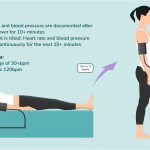



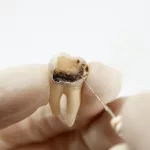
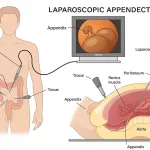


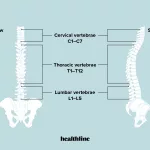
Leave a Reply
You must be logged in to post a comment.